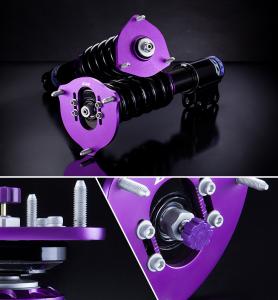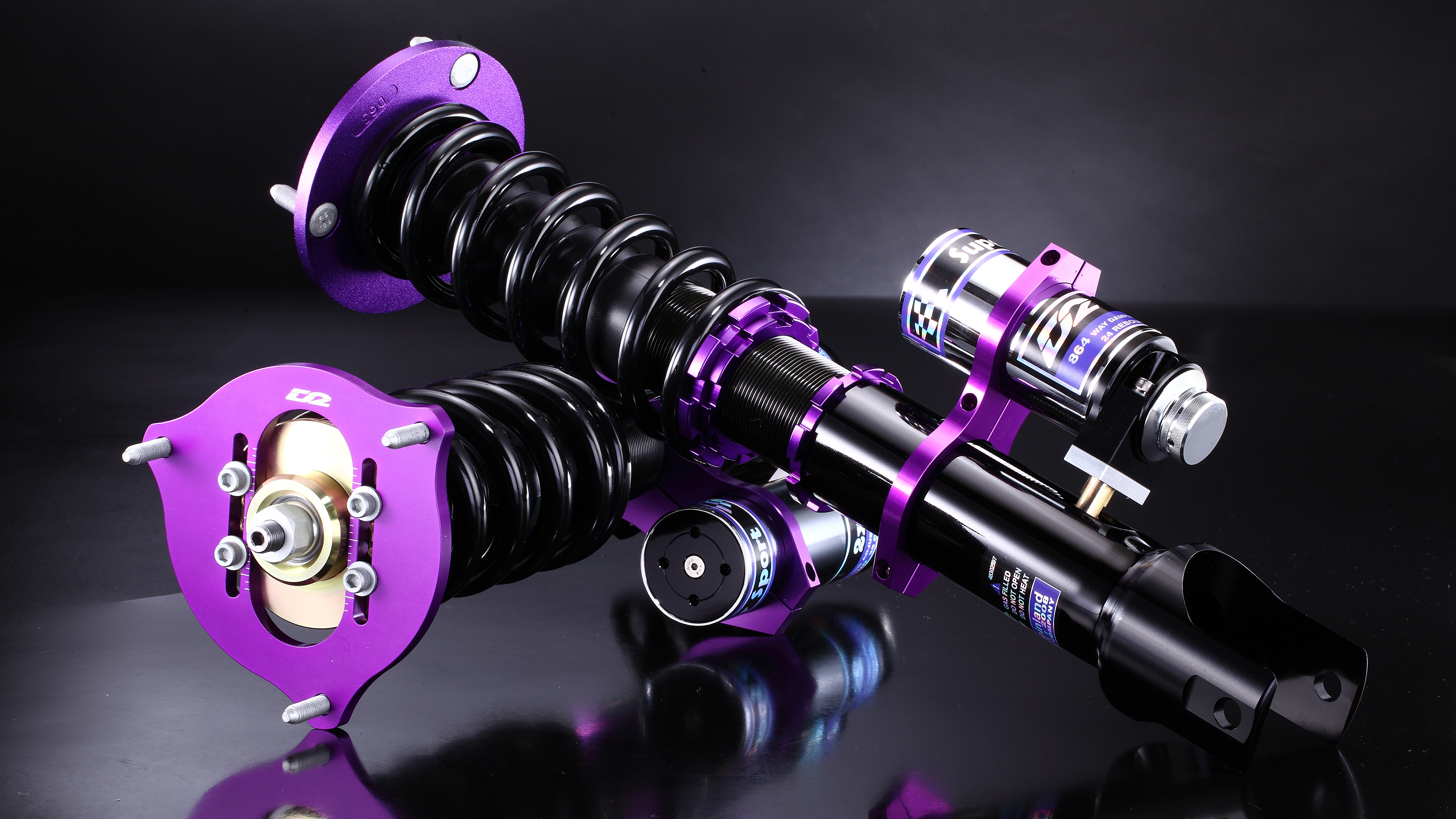Coilovers Maintenance Tips for Long-Lasting Performance
Coilovers Maintenance Tips for Long-Lasting Performance
Blog Article
Adding Coilovers on your car may significantly enhance the drive quality, managing, and functionality of your vehicle. If you're seeking to improve your operating experience, that manual will go you through the steps to set up coilovers effectively while ensuring protection and functionality.
What Are Coilovers?
Coilovers are a mix of a coil spring and surprise absorber, situated together as you component. They let vehicle enthusiasts to regulate the journey level, stiffness, and damping of their vehicle, creating them a favorite adjustment for both street and track use. Before beginning the installation, ensure you have plumped for the correct coilovers designed to your car make and model.

Methods You'll Require
Prior to starting, collect the mandatory tools to help make the method efficient and secure:
Jack and jack stands
Torque wrench
Plug collection
Spring compressors (if needed)
WD-40 or even a decay penetrant
Rubber mallets and screwdrivers
Double-check your vehicle's requirements and make sure you've every thing expected to complete the job.
Step-by-Step Manual to Installing Coilovers
1. Prepare Your Vehicle
Start with parking your car on a flat, secure surface. Interact the parking brake and guarantee the jack stands are firmly set up to stop incidents throughout installation. Carry the vehicle using a hydraulic port and remove the wheels at all four corners.
2. Eliminate the Previous Suspension
Utilizing your socket collection, identify the bolts holding your present bumps, struts, and rises in place. Use rust penetrant if screws seem hard to loosen. When the bolts are eliminated, you need to be in a position to extract the suspension parts carefully. Hold components structured in case you need to check back for reference.
3. Mount the Coilovers
Align the increasing factors of the coilovers with the brackets on your own car. Secure them in place utilizing the products given by the manufacturer. Be sure to follow the torque specifications that are included with the recommendations; over-tightening or making bolts loose can compromise safety.
4. Regulate Top and Preload
Many coilovers provide change rings setting drive level and preload. Using the offered methods, change the controls to your desired rating, ensuring enough approval for driveability without reducing performance.
5. Always check All Products and Connections
Before finishing up, go over every secure and connection to make sure they're secure. A loose bolt throughout function could cause substantial problems on the road.
6. Reinstall Wheels and Check Drive
After the coilovers are mounted, place the wheels back on and decrease the car. Get the vehicle for a short test get to familiarize your self with the new setup. Listen for just about any unusual disturbances and recheck products after the drive.

Fine-Tuning for Optimal Efficiency
The wonder of coilovers is their adjustability. Following installment, spend time fine-tuning the rigidity, damping, and ride level to match your requirements, whether you prioritize track-level performance or a relaxed daily drive.
Adding coilovers on your car or truck is really a satisfying task that raises equally look and performance. With this information, you can confidently handle the process and enjoy remarkable managing on every drive. Recall, protection always comes first, so invest some time, double-check every stage, and do not wait to consult a specialist if needed. Pleased operating!
Report this page